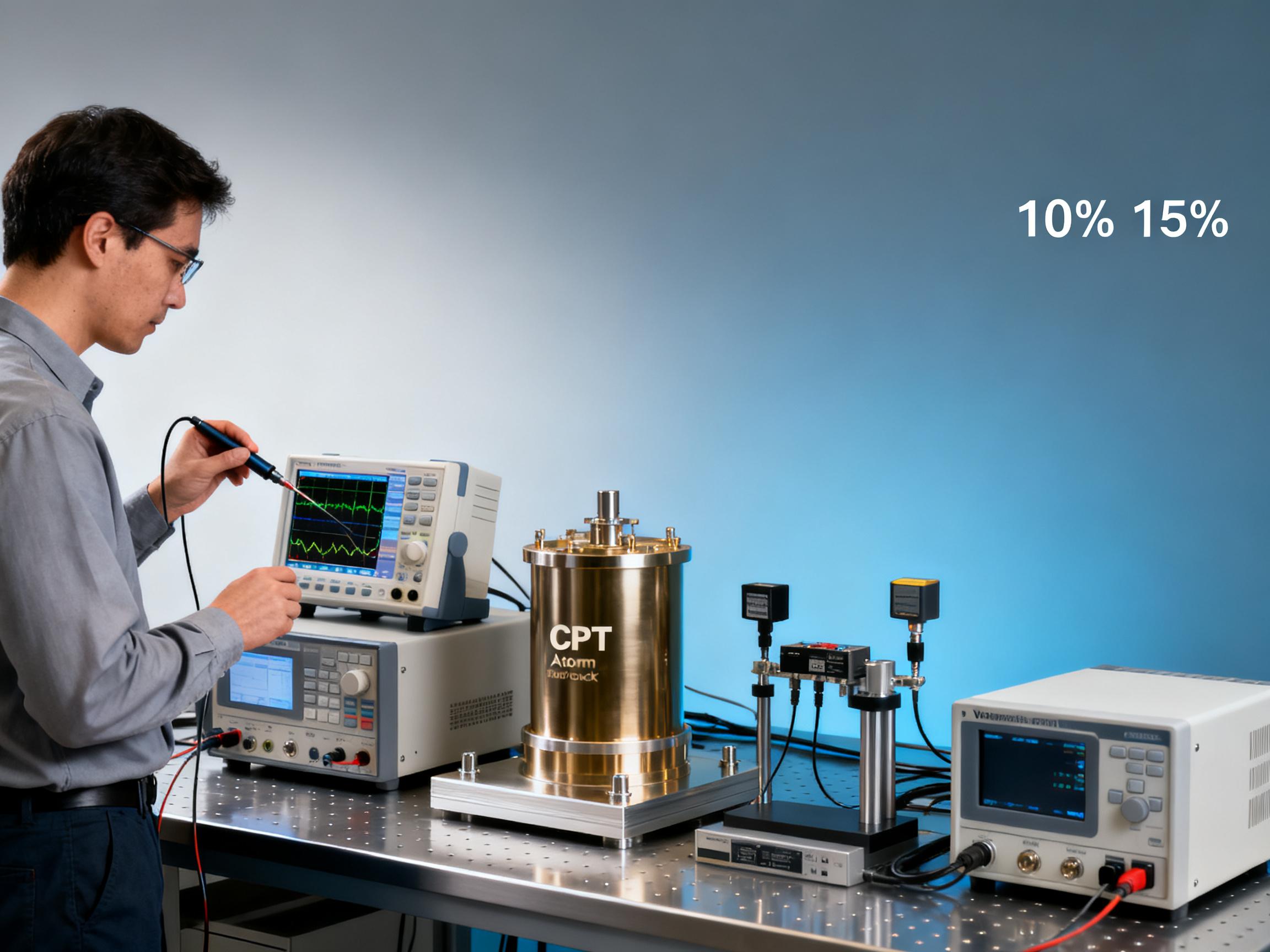RELATED
![How CPT Atomic Clocks Reduce OPEX in 5G Base Stations [Real Data] How CPT Atomic Clocks Reduce OPEX in 5G Base Stations [Real Data]](https://usimg.bjyyb.net/grey.png?x-oss-process=image/resize,m_fixed,w_800,h_600,limit_0) How CPT Atomic Clocks Reduce OPEX in 5G Base Stations [Real Data]2025-12-11
How CPT Atomic Clocks Reduce OPEX in 5G Base Stations [Real Data]2025-12-11 2024 CPT Atomic Clock vs Rubidium: Which Offers Better Stability for Telecom Networks?2025-12-08
2024 CPT Atomic Clock vs Rubidium: Which Offers Better Stability for Telecom Networks?2025-12-08 Live Demo Results: CPT Atomic Clock Performance Under Harsh Environmental Tests (Data Inside)2025-12-05
Live Demo Results: CPT Atomic Clock Performance Under Harsh Environmental Tests (Data Inside)2025-12-05 Budgeting for Precision: Total Cost of Ownership for a Rubidium Atomic Clock Over 5 Years2025-12-03
Budgeting for Precision: Total Cost of Ownership for a Rubidium Atomic Clock Over 5 Years2025-12-03
MESSAGE
What Are The Performance Parameters Of Crystal Resonators?
The performance parameters of crystal resonators are crucial to evaluating their quality and suitability. Here are some of the main performance parameters:
1. Nominal Frequency:
Refers to the output frequency specified by the crystal resonator when it is designed. It is a basic parameter of the crystal resonator. The common nominal frequency ranges from a few kHz to hundreds of MHz. For example, 32.768kHz is often used in real-time clock circuits, while crystal resonators of tens of MHz or even hundreds of MHz may be used in communication equipment.
2. Frequency Accuracy:
Indicates the deviation of the actual output frequency of the crystal resonator from the nominal frequency, usually in ppm (parts per million) or ppb (parts per billion). For example, a crystal resonator with a frequency accuracy of ±10ppm may have an actual output frequency between 9.9999MHz and 10.0001MHz when the nominal frequency is 10MHz. The higher the frequency accuracy, the closer the output frequency of the crystal resonator is to the nominal value.
3. Frequency Stability:
Measures the ability of a crystal resonator to maintain a stable output frequency under different conditions. It can be divided into several types:
Temperature Stability:
Reflects the change of the output frequency of a crystal resonator with temperature, usually in ppm/℃. Temperature stability is an important performance indicator because temperature changes affect the physical properties of the crystal, resulting in frequency drift. For example, some high-precision crystal resonators can achieve a temperature stability of ±1ppm/℃ within a specific temperature range (such as -40℃ to 85℃).
Voltage Stability:
Refers to the degree to which the output frequency of a crystal resonator changes with the power supply voltage, generally expressed in ppm/V. Fluctuations in the power supply voltage may affect the operation of the crystal resonator, causing frequency changes. Crystal resonators with better voltage stability are less affected by voltage fluctuations.
Ø Long-Term Stability:
Indicates the change of the output frequency of a crystal resonator with time, usually in ppm/year. Long-term stability reflects the aging characteristics of the crystal resonator. Over time, the performance of the crystal may change. Crystal resonators with low long-term stability will have relatively large frequency drift.
4. Aging Rate:
It refers to the change trend of the output frequency of the crystal resonator over time during use, usually measured in annual frequency change (ppm/year). The aging rate is mainly determined by factors such as the characteristics of the crystal material, the manufacturing process and the working environment. A lower aging rate means that the crystal resonator can maintain a more stable frequency output during long-term use.
5. Equivalent Series Resistance (ESR):
It refers to the resistance value presented by the crystal resonator when it resonates, in ohms (Ω). ESR reflects the energy loss of the crystal resonator. The lower the ESR value, the smaller the energy loss of the crystal resonator, the higher the quality factor (Q value), and the better the stability and purity of the output signal.
6. Load Capacitance:
It refers to the external capacitance that works with the crystal resonator, which affects the resonant frequency of the crystal resonator. The size of the load capacitance needs to be selected and matched according to the specifications of the crystal resonator and the requirements of the application circuit to ensure that the crystal resonator can output the accurate nominal frequency.
7. Excitation Level:
It refers to the electrical power applied to the crystal resonator, usually in milliwatts (mW). The magnitude of the excitation level will affect the performance of the crystal resonator. Too high an excitation level may cause the frequency of the crystal resonator to change or even damage the crystal; while too low an excitation level may cause the crystal resonator to not work properly.
8. Phase Noise:
It is used to describe the phase jitter of the output signal of the crystal resonator and is one of the important indicators for measuring signal quality. The lower the phase noise, the more stable the phase of the output signal, the higher the purity of the signal, and the smaller the impact on subsequent circuits. Phase noise is usually expressed in dBc/Hz, which refers to the ratio of noise power to signal power at a specific frequency offset.
CONTACT US
Please use the form below to get in touch.
If you need a reply we will get in touch as soon as possible.

![How CPT Atomic Clocks Reduce OPEX in 5G Base Stations [Real Data] How CPT Atomic Clocks Reduce OPEX in 5G Base Stations [Real Data]](https://usimg.bjyyb.net/sites/91500/91958/1765179857856560163985903616.jpeg)



